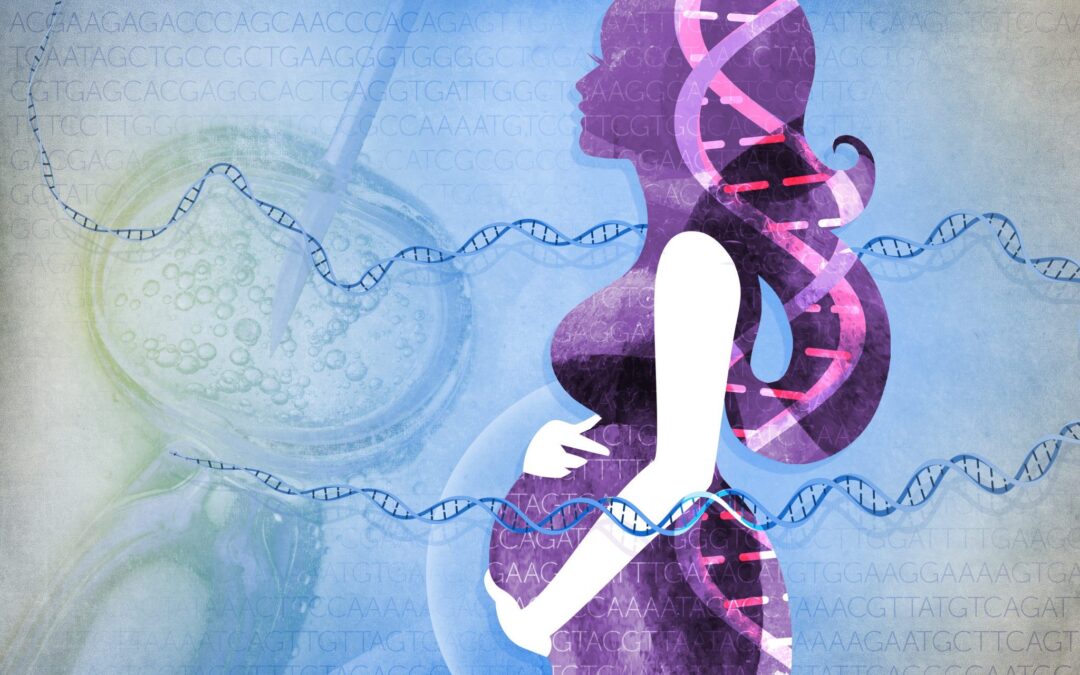Spanish law enables us to transfer up to three embryos to the uterus in an IVF treatment, but it has been a few years now since we have transferred more than two at our Clinic. We aim to avoid the risk of multifoetal pregnancy.
Nevertheless, the future trend is to transfer a single embryo because new techniques emerged in the past years.
Two conditions are essential in order to transfer one embryo. The first one is to develop the embryos into blastocysts (day 5/6 of their formation). Reaching the blastocyst stage increases the chances of implantation. To obtain good-quality blastocysts, we have to implement optimal cultivating conditions and a time-lapse incubation system which helps monitor embryo development minute by minute.
The second requirement is to ensure that the embryo is euploid, i.e., that the embryo chromosomes are normal. Knowing if the embryo is euploid, a couple has a higher possibility of becoming pregnant and a lower risk of miscarriage. We can do a preimplantation genetic diagnosis (PGD) to analyse these embryos and check whether they are euploid or not. This requires an embryo biopsy, so the cells can be analysed. Non-invasive PGD appeared recently and is known as EMBRACE. This kind of PGD omits the necessity for a biopsy.
In Manzanera Fertility Clinic, our objective is to transfer one embryo, and we have been implementing all that is necessary to achieve it. We are cultivating embryos into blastocysts under optimal conditions with a time-lapse system and were among the first clinics in Spain to adopt the EMBRACE technique.
As Francis of Assisi said, “Start by doing what is necessary, then what is possible, and suddenly you are doing the impossible.”
Daniel García
Embryologist
IMAGE: https://genotipia.com/genetica_medica_news/mutacion-diagnostico-preimplantacional/

